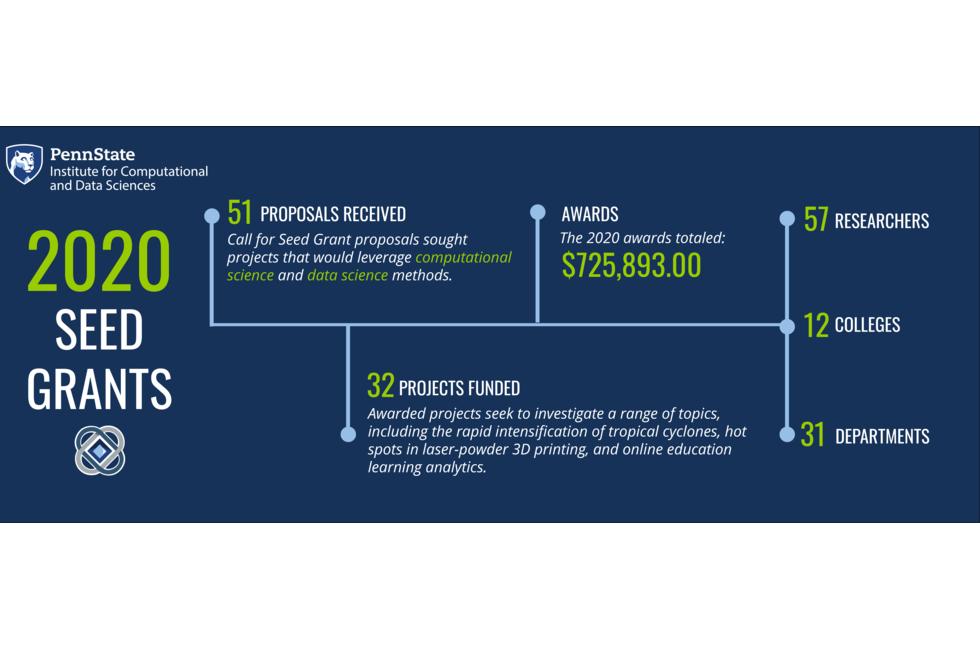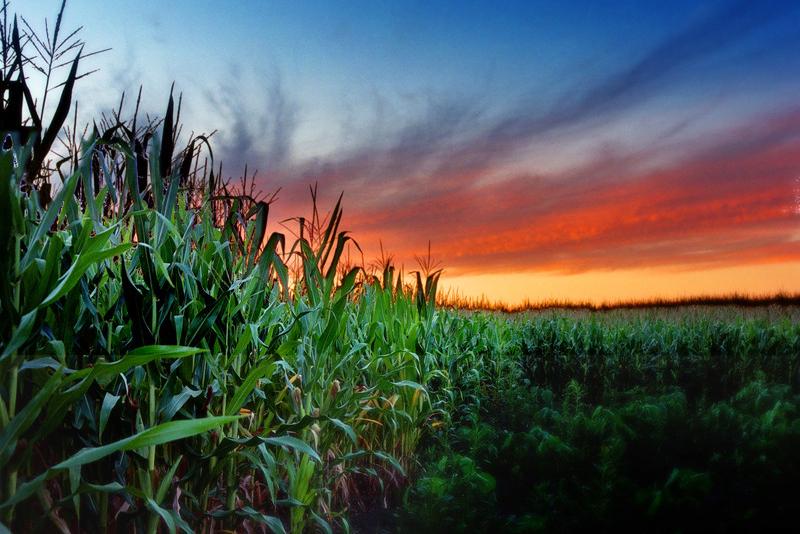Penn State's College of Earth and Mineral Sciences recognized exceptional students and faculty for their academic excellence, service and leadership during its annual Wilson Awards Presentation.
Executives of the fictitious midstream natural gas company Blue Vector Gas were huddling up to prepare for a board meeting when the bad news hit: a pipeline explosion had just claimed three of their workers, setting fire to nearby homes, potentially polluting the town’s water supply and threatening the lives of a Girl Scout troop reportedly camping in the area.
Karl P. Schneider, a Schreyer Scholar, has been selected as the College of Earth and Mineral Sciences’ science honor marshal for Penn State's spring 2020 Commencement ceremony, which will be held virtually at 2 p.m. on May 9.
Tom Nigl, doctoral candidate in materials science and engineering (MatSE) at Penn State, was awarded the Intercollege Graduate Student Outreach Achievement Award from the Graduate School for outreach efforts that promote science within society.f
Saeed Abbas A. Aloqili has been selected as the College of Earth and Mineral Sciences’ student marshal for Penn State's spring 2020 Commencement ceremony, which will be held virtually at 2 p.m. on May 9.
Penn State junior Andrew Mardirossian knows severe weather never stops, even during a pandemic. Mardirossian and his fellow members of the Weather Risk Management Club knew they couldn’t stop, either.
Understanding polarized political opinions, predicting Arctic Sea ice levels, and accelerating quantum computing with machine learning — these are just a few focuses of the dozens of new Penn State research projects that have been funded by Institute for Computational and Data Sciences seed grants, in conjunction with supplemental funding from the colleges of Arts and Architecture, Earth and Mineral Sciences; Information Sciences and Technology; Education; and Engineering.
If warming continues unabated in the Midwest, in 50 years we can expect the best conditions for corn and soybean production to have shifted from Iowa and Illinois to Minnesota and the Dakotas, according to Penn State researchers.
Within days of the University's shift to remote learning, faculty, instructors and teaching assistants in the Department of Geography moved 35 resident instruction courses into remote delivery mode to teach 1,947 students.
A multi-disciplinary collaborative relationship, developed between Penn State EMS Energy Institute researchers and a Pittsburgh-based start-up company, may hold the answer to reducing global greenhouse gas emissions while also paving the way to disrupt the chemical and material industries.











